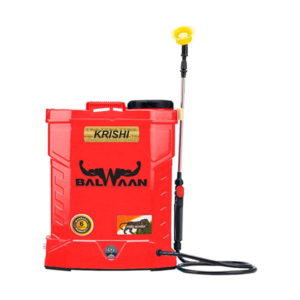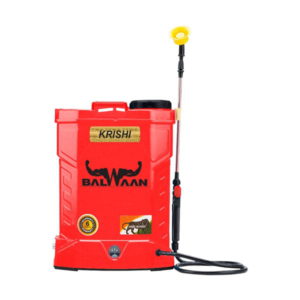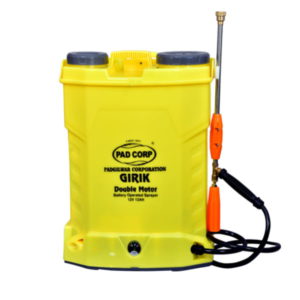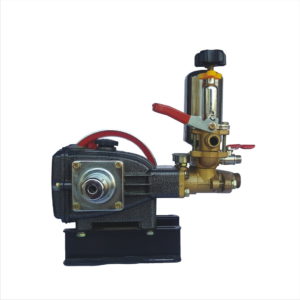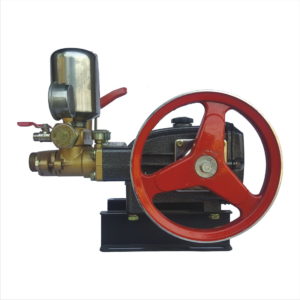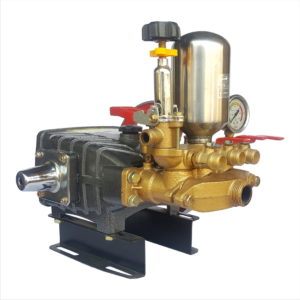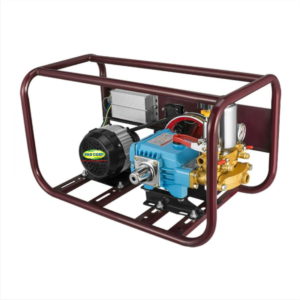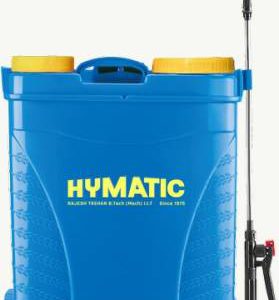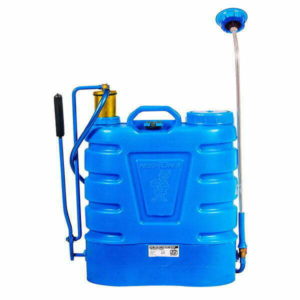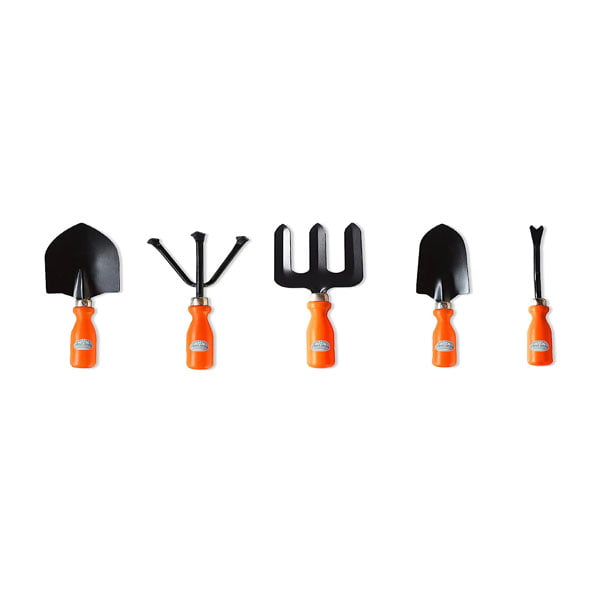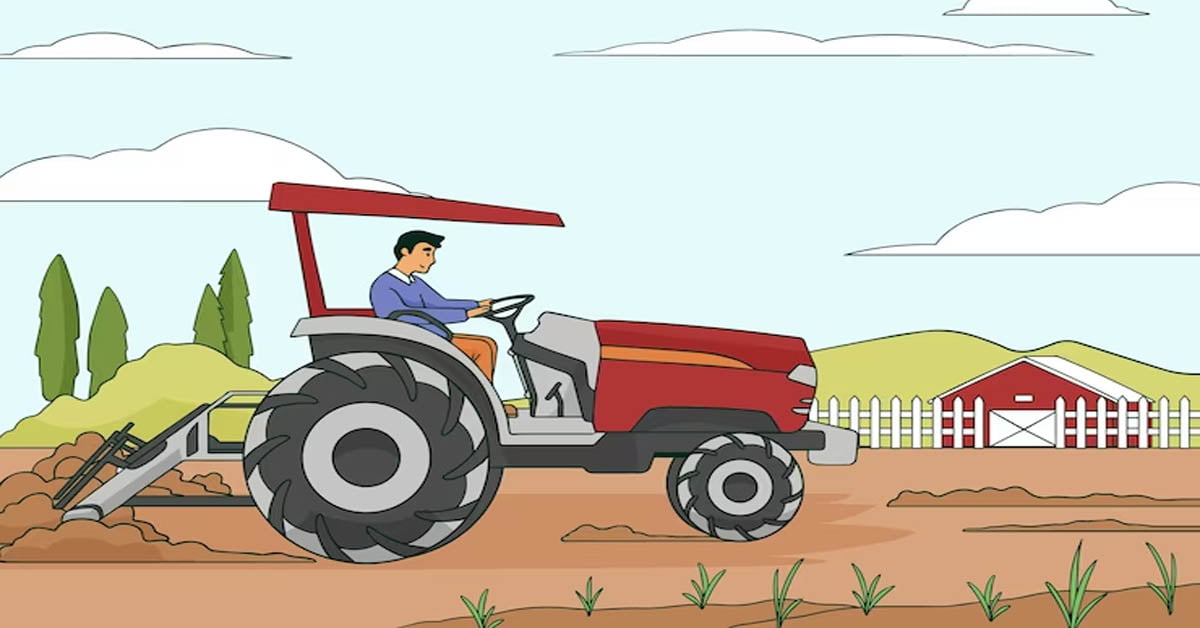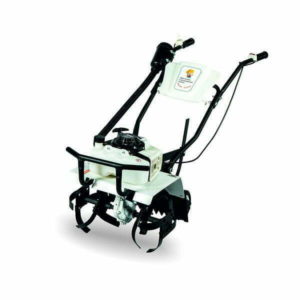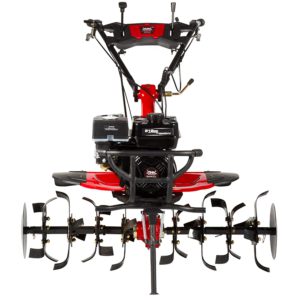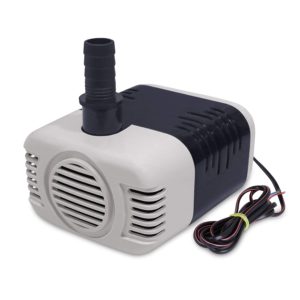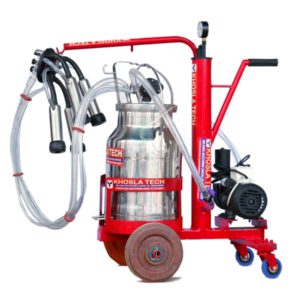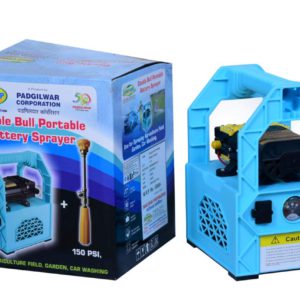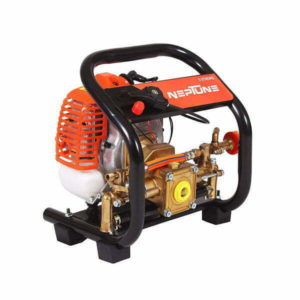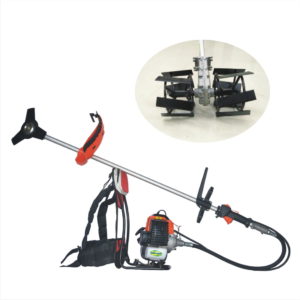Agricultural Implements Used For Ploughing. There are several agricultural implements used for ploughing, each with their unique features and advantages. Some of the commonly used ploughing implements include:
- Moldboard Plough: It is a traditional plough with a curved blade that turns the soil, cuts roots, and buries crop residue. It is ideal for breaking new ground and can be used in various soil conditions.
- Disc Plough: It is a plough that uses a series of concave, metal discs to cut and turn the soil. It is best suited for heavy soils and can be used for both primary and secondary tillage.
- Chisel Plough: It is a plough with long, pointed tines that penetrate the soil, breaking it up without turning it over. It is useful for loosening compacted soil, improving water infiltration, and reducing soil erosion.
- Subsoiler: It is a plough that penetrates deep into the soil, breaking up hardpan and allowing roots to penetrate deeper. It is used for improving drainage and reducing compaction.
- Rotary Plough: It is a plough that uses a series of rotating tines or blades to loosen and turn the soil. It is ideal for heavy clay soils, and it can also be used for seedbed preparation and weed control.
- Power Tiller: It is a versatile implement used for both primary and secondary tillage. It can be used for ploughing, cultivating, and harrowing, making it suitable for small-scale farming.
These are just a few examples of the many agricultural implements used for ploughing. The choice of implement depends on various factors such as soil type, crop type, and farming practices.
-

Balwaan Battery Knapsack Sprayer Pump
Read more -

Balwaan Battery Sprayer High Pressure15 feet Spray
Buy New -
Sale!

BALWAAN Krishi BS-22D Battery Sprayer 12×12 Double Motor
Original price was: ₹5,000.00.₹4,400.00Current price is: ₹4,400.00. inc. TAX ₹4,400.00 ex. TAX BUY NOW -
Sale!

Boost Crop Yields with Sharp Garuda Power Sprayer – 36CC 4Stroke Petrol Engine Spray Pump
Original price was: ₹16,500.00.₹1,280.00Current price is: ₹1,280.00. inc. TAX ₹1,280.00 ex. TAX Buy 50% OFF -

Girik Double Motor Battery Operated Sprayer
Buy -

HTP Sprayer (Brass)- 22
Buy product -

HTP Sprayer (Brass)- 30
Buy product -

HTP Sprayer (Brass)- 50
Buy product -

HTP Sprayer 2 HP Motor With Remote
Buy product -

Hymatic Battery Operated Sprayer
20% Off -

Knapsack Hand Operated Garden Sprayer
Buy New -
Sale!

Maximize Your Agricultural Productivity with Pad Corp Suzo Max: 20 Liter Tank Capacity and Turbo Pressure Cylinder
Original price was: ₹20,000.00.₹12,952.00Current price is: ₹12,952.00. inc. TAX ₹12,952.00 ex. TAX Buy Up To 50 OFF


